Digital audio has come a long way. From the introduction of compact disc to today’s high resolution media, we have indeed covered lots of bytes, err miles. Bearing this in mind, how does a “vintage” DAC chip of circa 1993 fare in today’s high rez media?
Charles Altman from Altman Micro Machines explains what is more important for digital audio is the sampling rate of our media rather than number of bits. Have a read on his page. Don’t worry, I’ll wait.
Thanks for coming back.
So the higher the sampling rate, the better it is for our “signal reconstruction”. Hey, that’s what a DAC does basically.
So how about some real life example? How does Monica’s TDA1545A cope with higher sampled material.
And thus, I began my experiment.
But I hit a snag. Apparently, high resolution test tones are not easily available. 44.1/16 versions abound but not higher rez. Fortunately, you could create your own high rez wave files by using Linear Tech’s excellent LTSpice.
I also have a bigger problem in that I don’t have a media capable of high resolution. For the sake of you dear readers, I have to spend money… [another excuse to buy!] and I bought a John Kenny modified I2S Hiface module.
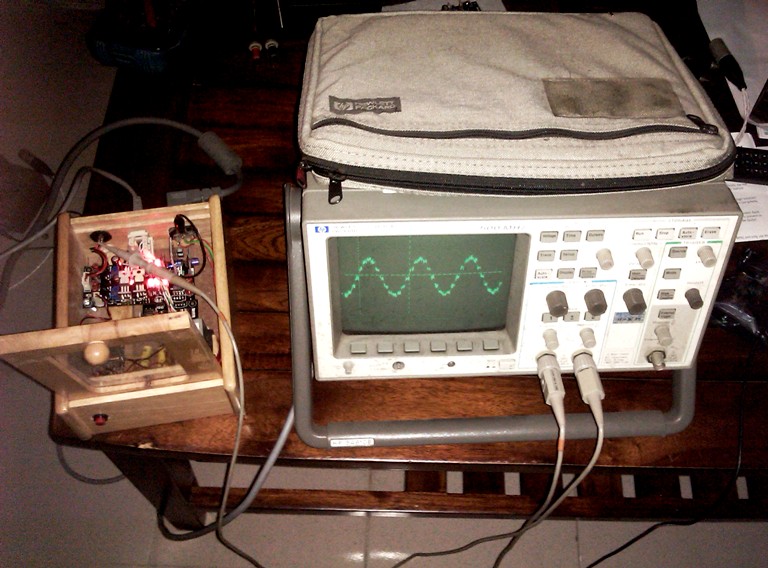
The signal path is now… Mac Mini -> jkenny I2S Hiface -> I2S Monica. Software is Channel D’s Pure Music Player and music library is via iTunes.
Oh yeah, did I mention I built a new I2S Monica as well?
Did I mention I had to haul the whole Mac Mini setup to the listening hall?
All this done [phew!], began feeding test tones. Please note that these test tones are created using the described sampling frequency. Note that no software/hardware upsamping nor over sampling is performed at all.
44.1kHz sampled
1kHz sine wave
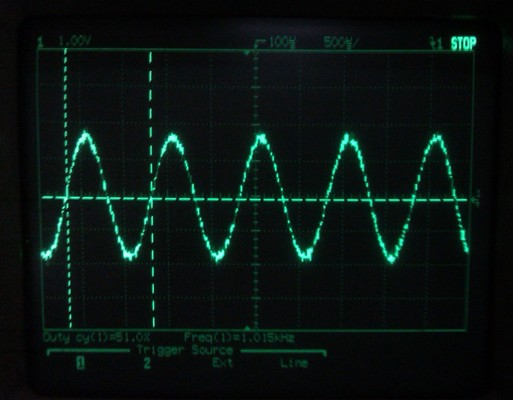
10kHz sine wave.
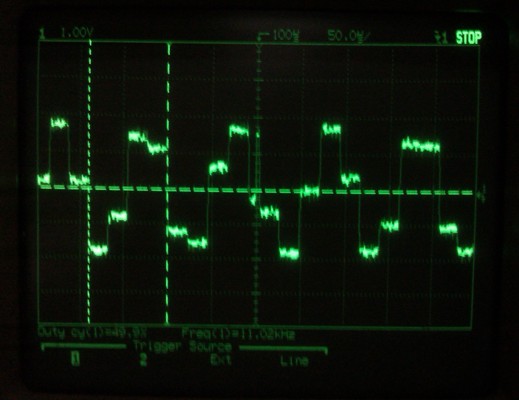
16kHz sine wave

As you could see above, 10kHz above, the DAC is struggling to reconstruct the sine waves.
96kHz sampled
1kHz sine wave
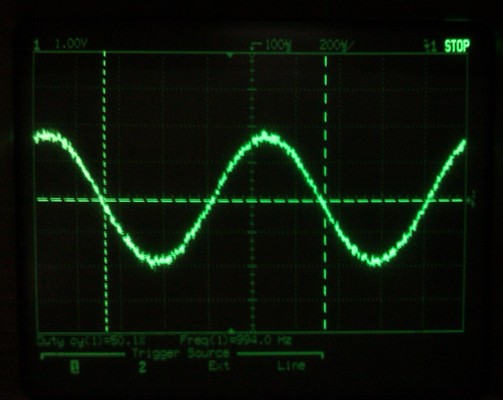
10kHz sine wave.
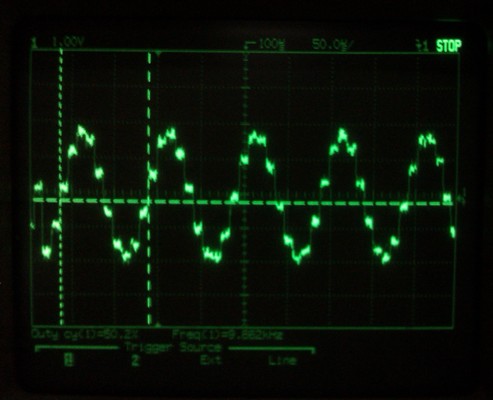
16kHz sine wave

10kHz is still decent but 16kHz is a stretch…
192kHz sampled
1kHz sine wave
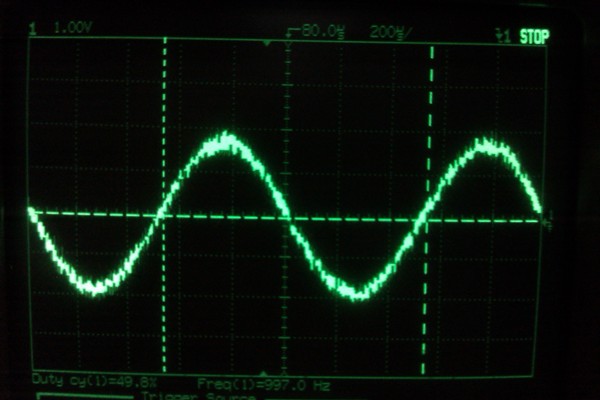
10kHz sine wave.
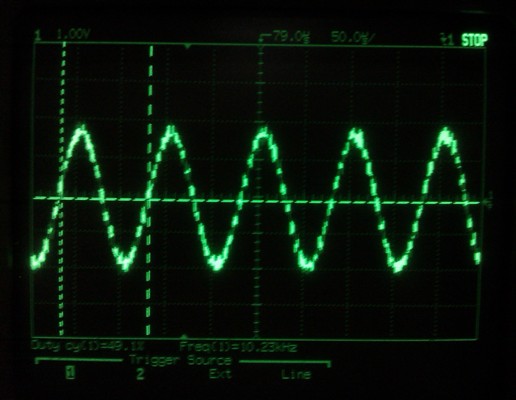
16kHz sine wave

Wow! 16kHz is no problem here!
So what does all this tell me?
The problem of digital audio is not in the equipment. It is in the material. We just need higher sampled data to begin with.
If fed high resolution material, our “vintage” DAC chip is far from an old clunker. It is still capable of reconstructing the signals properly.
In other words, Old is Gold. ha ha!
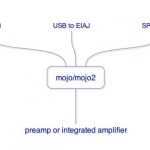
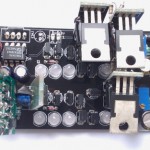
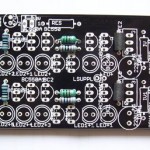

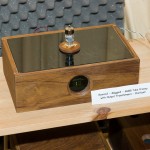

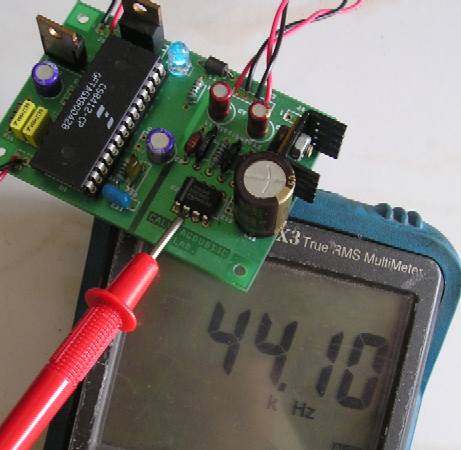

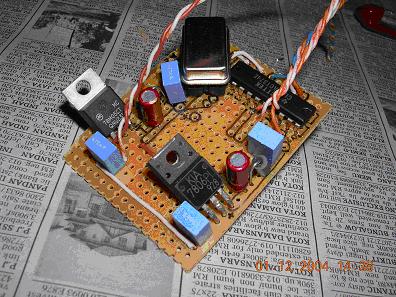
Yeo,
This is the stepped output waveform of NOS, I take it?
So as you increase the sampling rate, the sinewave reconstruction gets less clunky or stepped in shape so it looks more like the original sine wave signal. OK?
Here’s my question – does the 16/44.1 sound OK? If so isn’t the sinewave being approximately reconstructed by some interpolation that happens at the speaker’s voicecoils?
hi john
yes, output from nos dac.
yes, as i feed higher sampled sine wave, the dac is able to reconstruct closer to original sine wave.
the 44.1khz sampled signal sound okay but when compared to higher sampled signal, the higher sampled one sounds cleaner. it sounds “better defined”.
yes, some interpolation and smoothening happens at the speakers and our ears but the higher sampled signal, once “smoothened”, is closer to original signal.
consider a 20khz sine wave.
44.1khz sampled means only 2 points per period. you can’t construct a 20khz sine wave.
88.2khz sampled means 4 points per period. better than 44.1 of course.
176khz sampled means 8 points per period. very easy to construct a sine wave.
yeo
Yes, I see but I’m confused – I thought that 16/44 NOS was supposed to sound very good?
the key word here is nos – non over sampling. the hardware doesn’t do any over sampling as well as there is no filter at the hardware level.
without either, a 1khz sine wave looks like a stepped ladder. engineers won’t allow this!
if we put in either/both, then we get a nice sine wave. at the expense of sonics.
Yep, agreed that avoiding the oversampling filter is a probably good thing as a lot of these filters seem to cause sonic issues in digital audio systems.
So, is it your opinion that the issues you mentioned in 16/44.1 NOS playback are more than compensated for by the removal of the oversampling & filter?
credit goes to kusunoki.
he is the first one to go non-oversampling and filterless, back in the mid 90s.
If I understand you, higher rez files played at 16/44.1Khz on the TDA 1545A sound better than native 16/44.1 files. If so, could you play higher rez files (at 16/44.1) on your SD card player and would you hear a difference?
hi charlyb
note that for this test, i didn’t use any sd card player nor sd card. it’s through a mac mini and jkenny’s modified i2s m2tech.
the qa550 sd card player could only play 16/44.1 so the above couldn’t be done.
the i2s m2tech plus pure music player software allows up to 384khz sampling rate.
so what you are asking is completely different.
yeo
Yeo, thanks for that. Can you confirm that ‘d got it right with my first sentence, that is, hihger rez played at 16/44.1 sounds better than native 16/44.1?
” higher rez played at 16/44.1 sounds better than native 16/44.1?”
i don’t know. as explained, i never tried that.
yeo
Hi folks — by all this up and non sampling comments:
DON’T FORGET 99% of all our today Music 😥 Compact Disc and MP3 😥 is finally released in this crappy 44,1Khz format. So the harmonics, the overhats and every treble information looks like the above sinewaves!!!
😛 But…just this week end again I could confirm that reproduced nicely with Monica or an other fine sounding DAC this isn’t a big problem.
Hi,
it makes me proud and happy, that you have understood and shown, what I wanted to explain on my website.
Cheers,
Charles 🙂
hi mr altman
thanks for reading and you are welcomed!
yeo
Looking at the output of the DAC is not the place to look. You need a good low pass filter. If you low pass the signal to 20KHz you will see a nice clean sine wave. The “steps” are all caused be frequency components about 20KHz.
hi chris
yes, not clean. i’m taking the output signal from the dac chip directly. less one factor that could influence the waveform here.
but yes, a low pass filter will clean up the harmonics.
yeo
That’s why the NOS DACs are rarely used despite their surprisingly good sound for the rubbish that’s coming out of them. That’s why we use Digital Filter before the DAC. It reconstructs perfect sinewave even at 20kHz. When you need a 20kHz upper frequency the 44.1kHz with a digital filter is the perfect solution. Of course if you want to digitize a vinyl record or a studio master tape 96k or 192k is more adequate in order not to lose information from the original source. But I’m personally not sure if I can hear the difference between 44.1k and a 96k on a good oversampling DAC.